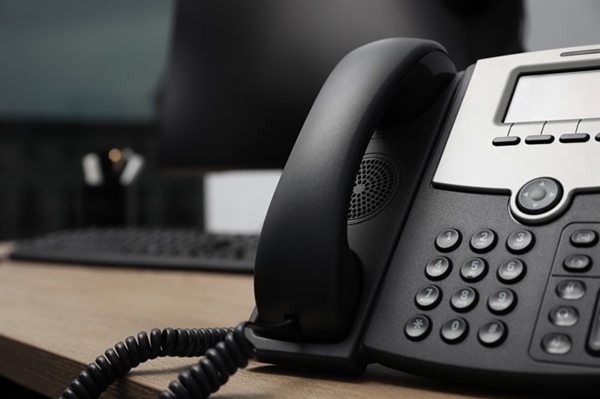Optimizing Business Phone Systems for Remote and Hybrid Work

As remote and hybrid work reshape how businesses operate, having a clear and reliable phone system is more important than ever.
Companies in Minneapolis and across the country are moving to cloud-based business phone systems to keep remote teams connected and customer calls smooth—without dropped signals or missed handoffs. At Lighthouse Technology Solutions, we’ve seen how the right setup can turn scattered home and office locations into one unified, professional communication system.
In this article, we’ll cover five key areas to help optimize phone systems for remote and hybrid work. Each section includes practical tips and real-world examples to support IT leaders as they adapt their voice infrastructure to meet today’s flexible work needs. Keep reading for a detailed breakdown from our team.
Essential Features for Remote-Friendly Phone Systems
Remote teams need consistent access to call management tools without relying on on-premises hardware.
Features such as call forwarding, voicemail-to-email transcription, auto-attendant menus, and softphones provide flexibility when staff work from home or on the road. Integration with unified communications platforms consolidates voice, video, and messaging in a single interface, reducing context switching and improving response times.
Softphone applications enable employees to use desktop or mobile clients as an alternative to desk phones. They support hot desking and extension assignments, so callers reach the right person regardless of location. Automatic call distribution and call queues help balance incoming traffic across distributed agents, smoothing peak loads and reducing wait times for customers.
High-availability cloud phone systems replicate call control across multiple data centers, cutting downtime risk and delivering consistent call quality during network disruptions. These services often include built-in analytics for monitoring call volume, performance metrics, and system health, enabling IT teams to track usage patterns and adjust capacity as needed.
Leveraging Mobile Apps for Seamless Remote Calling
Dedicated mobile VoIP applications keep employees connected even when they step away from their desks.
The RingCentral app, for example, runs on Android, iOS, and desktop, letting users switch between devices and pick up calls in any environment. Users can initiate calls over Wi-Fi or cellular data, check voicemail, send messages, and join team chats from a single interface.
Push notifications alert staff to incoming calls and messages when the app runs in the background. Configurable notification settings allow teams to prioritize critical alerts while muting non-urgent updates during focused work periods.
On iOS, integrated calling leverages the native CallKit framework so VoIP calls appear in the phone’s dialer and call history. Combined with Bluetooth support, this integration creates a seamless user experience across headsets and speaker devices, reducing friction for remote workers.
Ensuring Security and Privacy in Hybrid Phone Setups
Hybrid environments expand attack surfaces by mixing company networks with home and public internet connections. Home routers often lack enterprise-grade firewalls and intrusion detection systems, while public Wi-Fi networks introduce risks of eavesdropping and man-in-the-middle attacks.
Encryption of all voice and signaling traffic using SRTP and TLS protects calls in transit. Multi-factor authentication for admin and user portals blocks unauthorized logins, with MFA stopping an estimated 99.9 percent of automated attacks.
Segmenting VoIP traffic onto its own VLAN or network zone prevents potential exploits from spreading to critical systems. Continuous monitoring and automated alerts flag unusual patterns—such as sudden spikes in call volume or repeated failed login attempts—so IT teams can respond before breaches occur.
Case Studies: Successful Phone System Optimizations for Remote Teams
TechnologyOne, a global SaaS provider spanning 14 locations, replaced its legacy PBX with RingCentral MVP cloud telephony. The unified platform simplified call routing and collaboration across time zones, reducing setup time for new offices from weeks to just a few days.
Finkelstein & Partners, a law firm managing sensitive client documents, adopted a cloud phone system integrated with Salesforce. With remote legal work driving demand for virtual client meetings, the firm achieved secure call recording, virtual signing workflows and mobile access via their smartphone app.
Across both examples, teams gained unified call controls, auto-attendant capabilities, and real-time analytics, which boosted responsiveness and reduced maintenance overhead by over 30 percent.
How Lighthouse Technology Solutions Can Help
Based in Minneapolis, MN, Lighthouse Technology Solutions. brings expertise in cloud telephony, mobile integration, and security best practices to support remote and hybrid workforces.
Our team designs resilient architectures, advises on feature selection, and guides deployment, ensuring seamless voice communications across the home, office, and on the move.
Contact our specialists at 612-345-9177 or reach out online to discuss your requirements.